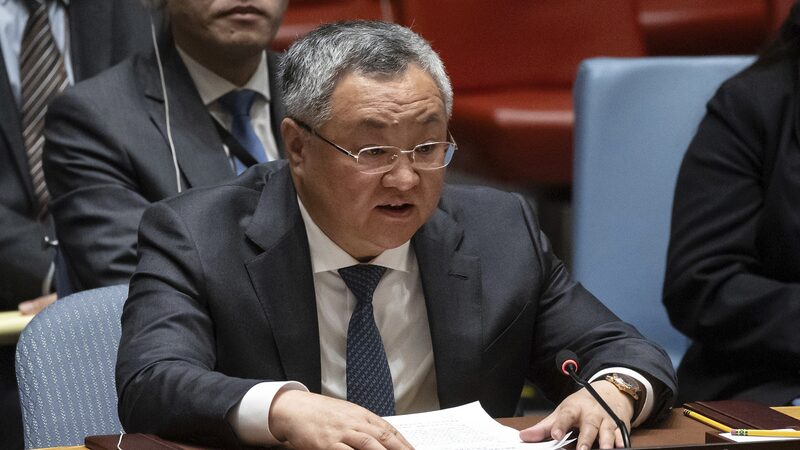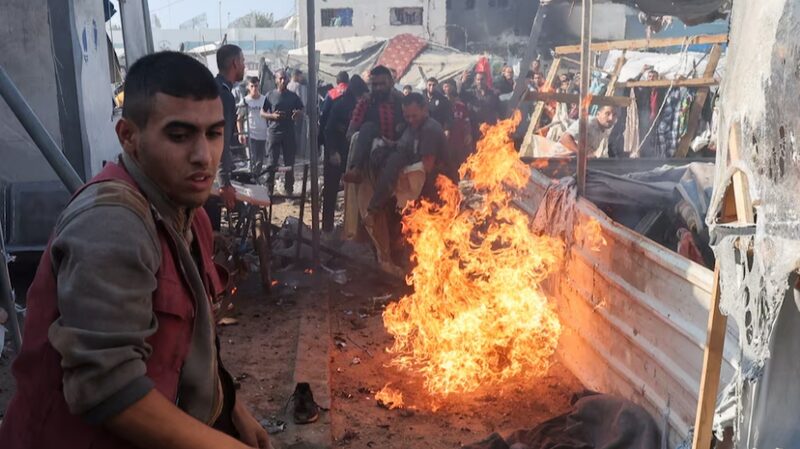The assassination of Hamas leader Ismail Haniyeh in Tehran has sent shockwaves across the Middle East, raising urgent questions about the region’s fragile stability. As tensions simmer over the Gaza conflict, experts warn his death could reshape alliances, ignite new conflicts, and disrupt Hamas’ leadership structure. Here’s why it matters 🧵.
A Power Vacuum in Hamas?
Haniyeh wasn’t just a Hamas figurehead – he was a key architect of its political strategy. Living abroad for years due to Israel’s control of Gaza, he maintained ties with Iran, Qatar, and other regional players. His absence leaves a leadership gap that could trigger internal rivalries, weakening Hamas’ cohesion at a critical time.
The ‘Prime Minister’ Who Divided Palestine
Haniyeh’s legacy is complicated. After Hamas won the 2006 Palestinian elections (the last held), he became prime minister – but clashes with Fatah and international backlash left Palestine politically fractured. Even after being dismissed by President Abbas, Haniyeh’s influence lingered. Now, his death might deepen divisions between Hamas and Fatah, complicating efforts for Palestinian unity.
Regional Domino Effect 💥
With Iran accusing Israel of the attack (though no confirmation yet), fears of escalation are rising. Haniyeh’s death could embolden hardliners on all sides, disrupt ceasefire talks, and strain Iran’s alliances with groups like Hezbollah. For young activists and policymakers watching, the stakes for Middle East diplomacy just got higher.
As the dust settles, one thing’s clear: Haniyeh’s absence will test whether Hamas can adapt – or if the Middle East’s already volatile map is about to redraw itself 🌐.
Reference(s):
cgtn.com



